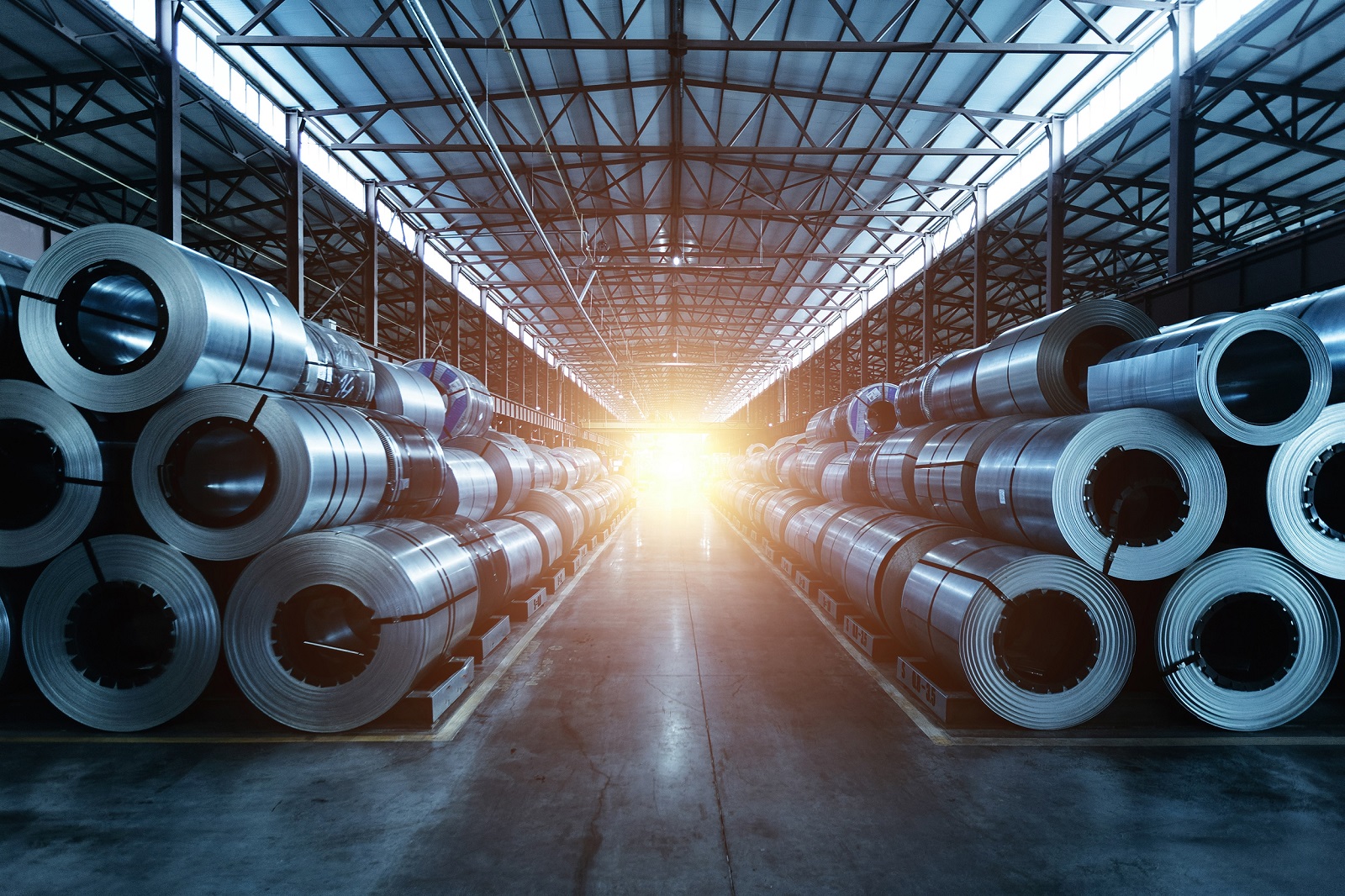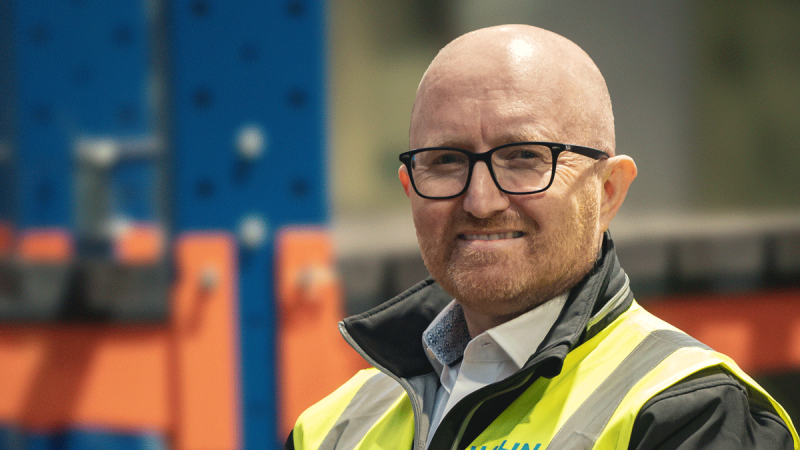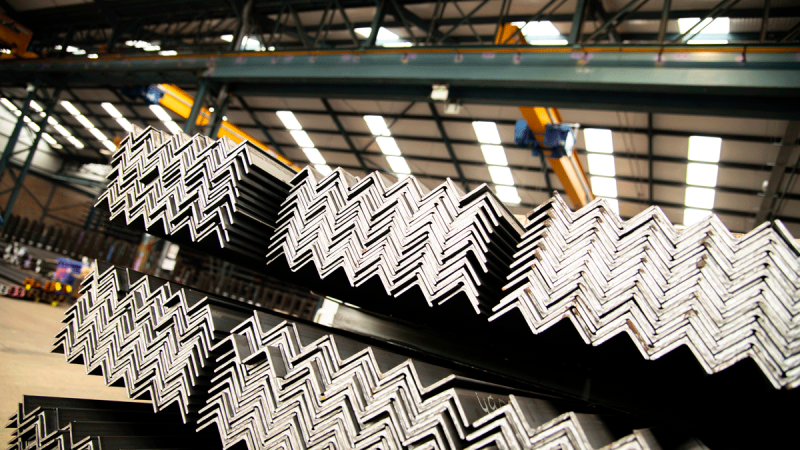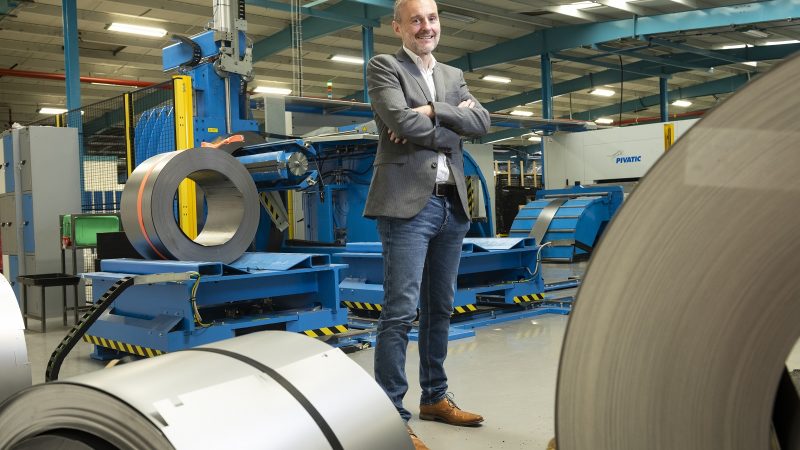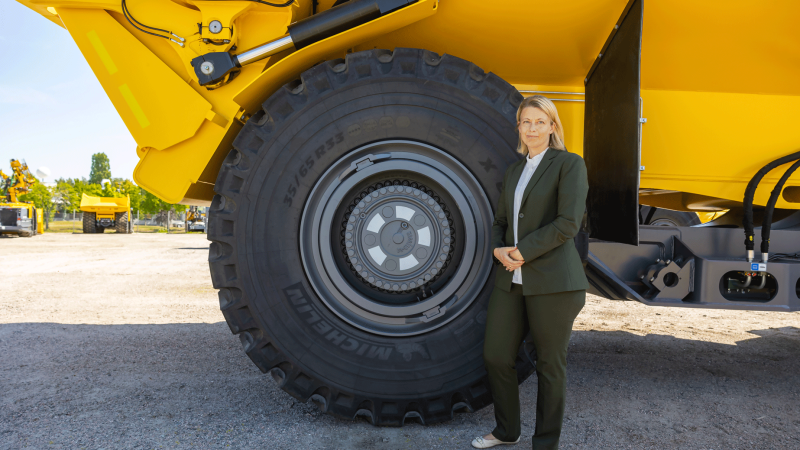However, when failure is not an option, maximizing the alloy’s toughness is critical. This is achievable through meticulous heat treatment. Proper control of heating, cooling rates, and aging can optimize 17-4 steel phases to achieve an ideal strength and shock resistance balance.
In this article, we will explore the metallurgical transformations that enable optimizing the microstructure of 17-4 round bar and other forms of this steel. Proper control of heating, cooling rates, and aging can balance the phases in 17-4 steel to achieve an ideal combination of high strength alongside shock resistance. We aim to uncover the hidden toughness potential in 17-4 PH stainless by illuminating the science behind fortifying this alloy through thermal processing. With tailored heat treatment, engineers can harness the full capabilities of 17-4 round bars and other stock forms for the most demanding applications where safety is paramount.
Martensitic Transformation in 17-4 PH Stainless Steel
To comprehend how heat treatment affects the toughness of 17-4 stainless steel, it is essential first to understand the martensitic transformation that gives this alloy its high strength. The composition of 17-4 PH stainless steel includes:
16-18% Chromium – Enhances corrosion resistance
3-5% Nickel – Helps make the steel tougher
3-5% Copper – Aids in precipitation strengthening
0.04% Carbon – Important for forming martensite
When 17-4 PH stainless steel is heated above its critical temperature, which lies between 1,040-1,100 ̊C, its microstructure transforms from a body-centered cubic crystal structure into a face-centered cubic structure known as austenite. Austenite possesses enhanced ductility and toughness compared to the alternate microconstituent called ferrite.
However, if the austenitized 17-4 PH steel is quickly cooled or quenched, the austenite transforms into a rigid, brittle crystalline structure called martensite. Martensite forms due to rapid cooling limiting the diffusion of iron and carbon atoms, resulting in a distortion of the cubic austenite into a tetragonal crystalline lattice.
While martensite generates very high strength and hardness, it comes at the expense of reduced ductility and toughness. Therefore, while some fraction of martensite is desirable, it is also vital to balance it with other microstructures to improve the steel’s impact resistance. This is achieved by using fine-tuned heat treatment processes.
Solution Annealing Treatment
The first phase of heat treating 17-4 PH stainless steel involves solution annealing. This refers to heating the steel to between 1,040-1,100 ̊C, transforming it to austenite. The steel must be slowly heated to enable the chromium carbides to enter a solid solution.
Solution annealing is followed by cooling the steel, usually in air. If the cooling rate is prolonged, a portion of the austenite converts into a softer microstructure called ferrite, while some transform into tempered martensite. This microstructure offers reasonable ductility and toughness but suboptimal strength.
H900 Heat Treatment
To maximize the strength of 17-4 PH stainless steel, the recommended heat treatment approach is called H900. It involves the first solution of annealing the steel as per the previous section. However, the steel is quickly quenched instead of slowly cooling, usually in oil.
The rapid cooling suppresses the formation of softer ferrite and instead transforms most of the austenite into very hard martensite. However, quenching also introduces residual stresses and reduces toughness. Therefore, H900 heat treatment involves a subsequent aging step.
The martensitic 17-4 PH stainless steel is aged around 482 ̊C for 1 hour per inch of thickness. Aging causes some excess carbon and copper to precipitate out as fine particles. This precipitation strengthening increases hardness and strength. If aging is done at the proper temperature and duration, it can relieve some stresses while optimizing strength with reasonable toughness.
H1100 Heat Treatment
A heat treatment approach that further enhances the toughness of 17-4 PH stainless steel is designated as H1100. As before, it starts with solution annealing followed by rapid air cooling. However, the steel is cooled slightly more slowly in air instead of quenching in oil.
The relatively slower cooling rate allows some fraction of the austenite to transform into ferrite instead of forming a fully martensitic microstructure. Retaining some ductile ferrite helps improve impact resistance. The steel is subsequently aged around 552 ̊C to precipitate copper and carbon.
H1100 heat treatment of 17-4 PH steel achieves higher toughness than H900 but at the slight expense of maximum strength. Therefore, whether strength or toughness is more critical for a given application, either H900 or H1100 treatment can be implemented.
Optimizing Toughness Through Processing
A few key strategies can help further refine the heat treatment of 17-4 PH stainless steel to achieve an optimal combination of high strength and toughness. These include:
- Fine-tuning the solution annealing temperature and time to dissolve carbides without allowing unwanted grain growth.
- Adjusting the post-solution annealing cooling rate to control the fractions of martensite, ferrite, and retained austenite. Faster cooling forms more martensite, while slightly slower cooling increases ductile phases.
- Carefully regulating the aging temperature and duration to precipitate fine strengthening particles without causing embrittlement or reducing ductility through averaging.
- Using cryogenic treatment of martensitic 17-4 PH steel to enhance austenite transformation and improve flexibility before aging.
The goal is to strike the right balance between the hardened martensitic and softer, ductile phases in the microstructure while achieving fine precipitate strengthening. Extensive testing of processed samples using impact toughness and tensile tests dialing in the ideal heat treatment cycle.
Applications Where Maximum Toughness is Vital
There are numerous demanding applications where optimizing for maximum toughness along with high strength is critical when selecting 17-4 PH stainless steel. Some examples include:
Aerospace Components
High fracture toughness and crack growth resistance are essential in aircraft and jet engine parts exposed to vibrations, fatigue, and sudden impacts. H1100 heat treatment maximizes the toughening of 17-4 steel used in these applications.
Automotive Parts
For automotive components like axles, shafts, gears, fasteners, and exhaust systems facing dynamic loads, thermal cycling, and corrosive environments, the enhanced toughness from properly heat-treated 17-4 PH can prevent premature failures.
Offshore Oil and Gas Equipment
17-4 stainless steel finds use in offshore drilling and extraction hardware where a combination of high strength, good elasticity, and fracture resistance increase reliability in harsh operating environments.
Biomedical Implants
Medical implants like orthopedic devices and cardiovascular stents must withstand millions of loading cycles. Maximizing the heat-treated toughness of 17-4 PH stainless enhances the fatigue life and reduces the risk of implant failure.
The exceptional price-to-performance ratio of heat-treated 17-4 PH steel in all such applications results in outstanding service life and safety.
Conclusion
17-4 PH precipitation hardening stainless steel is ideal for high strength, hardness, and reasonable flexibility when properly heat treated. The H900 condition using solution annealing, rapid quenching, and aging generates a predominantly martensitic microstructure that maximizes strength and hardness. H1100 treatment creates some ferrite fraction by slightly slower cooling, enhancing toughness.
Carefully controlling the time and temperatures of these heat treatment steps allows optimizing the blend of hardness, flexibility, and fine precipitate strengthening. This produces a 17-4 PH stainless steel microstructure that excels in applications where high tensile and impact strength are equally vital for safety and reliability. With an understanding of the metallurgical transformations, heat treatment professionals can tailor this high-performing alloy for maximum toughness.
